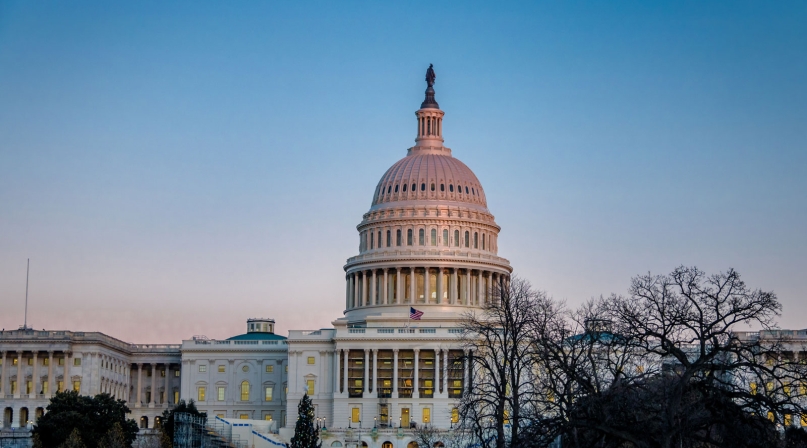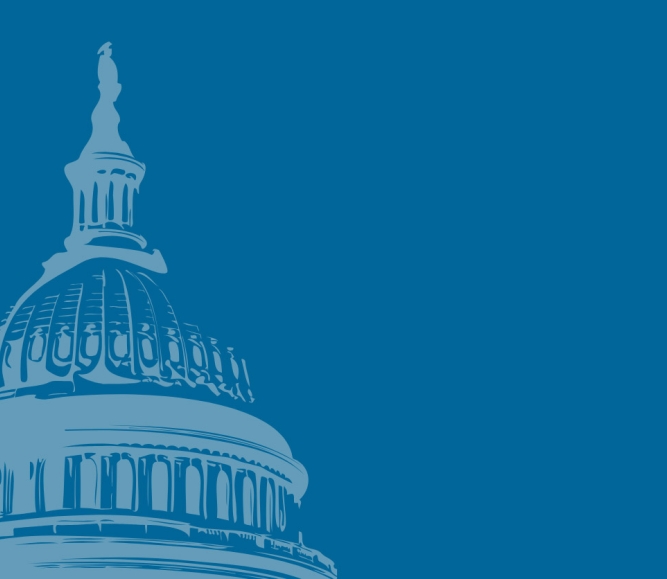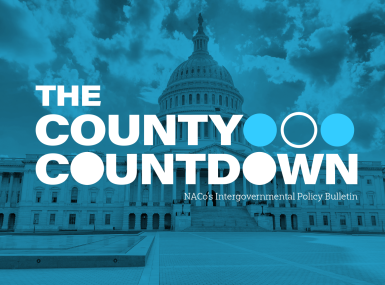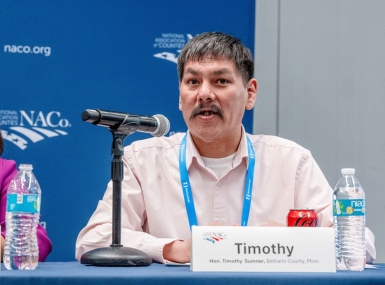Local Workforce Stakeholders Urge Congress to Revise Workforce Reauthorization Legislation
Upcoming Events
Related News

WASHINGTON – On behalf of the nation’s counties, cities, towns and villages, the National Association of Counties (NACo), the National League of Cities (NLC), and the U.S. Conference of Mayors (USCM) issued the following statement regarding the bicameral draft agreement to reauthorize the Workforce Innovation and Opportunity Act (WIOA), titled A Stronger Workforce for America Act (ASWA):
“Last month, House Education and Workforce and Senate Health, Education, Labor, and Pensions Committee leadership unveiled a bicameral agreement to reauthorize the Workforce Innovation and Opportunity Act.
We remain appreciative of bipartisan efforts to update our nation’s public workforce system and recognize the positive updates to the legislation that are included in the proposal including strengthening workforce education programs at community colleges that align with in-demand jobs by emphasizing industry partnerships, enhancing workforce data quality standards and emphasizing the need for digital literacy skills, promoting wider skills-based hiring efforts, and codifying a program to help justice-involved individuals transition back to meaningful employment and access skills and career pathways.
We also continue to have longstanding reservations with several significant provisions in ASWA that, if enacted, would impede local flexibility and stifle the voices of the local stakeholders who are best equipped to address the distinct needs of jobseekers and employers within their communities.
We continue to urge Congress to address the following provisions in this agreement that our respective memberships have continued to raise throughout the reauthorization process:
- Redesignation of Local Workforce Development Areas: The proposed redesignation of Local Workforce Development Areas, including allowing for single-area designations in well over half of all states, could diminish local accountability and restrain innovation, which are cornerstones of a demand-driven workforce system. Local expertise and engagement are key to creating effective, employer-responsive programs and producing meaningful employment opportunities for those seeking assistance from the public workforce system. Further, local elected officials are responsible for WIOA implementation and bear fiduciary responsibility for workforce funding. Removing what has, until now, been equal authority to work with governors to designate local areas doesn’t align with the fiduciary responsibility cities and counties assume.
- One-Size-Fits All Mandates: Federal mandates related to training and overly prescriptive work-experience requirements for youth would be counterproductive, harming some of the nation’s most vulnerable and underserved populations that ASWA would continue to prioritize. While we appreciate the ASWA’s acknowledgment of the important role supportive services have in an individual’s skills development success, this narrowly defined mandate does not allow for the inclusion of other important services, particularly individualized career services, which are also critical to the successful completion of education and training efforts that are being prioritized by this legislation.
- Increased Governor’s Set-aside for “Critical Industries Fund”: In addition to the existing Governor’s 15 percent Reserve Fund, ASWA would allow an additional ten percent of WIOA Title I funding to be reserved at the state level for a variety of uses. This has the practical effect of increasing the overall state-level set-aside allowance to 25 percent and would leave even fewer resources for local entities to implement the significant changes envisioned by ASWA. While we appreciate that certain local stakeholders could be eligible applicants for some of these funds, we remain concerned that these provisions will further reduce resources available at the local level, especially as the proposed authorized funding level for Title I largely remains flat over the lifetime of the legislation.
We urge Congress to address the identified concerns to ensure the workforce development system remains responsive to local demand driven needs. We appreciate the agreement’s positive steps, such as enhancing workforce education programs and improving data standards. We remain committed to collaborating with Congress to provide local governments and stakeholders with the tools necessary to promote economic vitality nationwide.”
Over the summer, our organizations sent a letter, with other coalition partners, in addition to specific legislative text recommendations. Last month our organizations sent a letter to Senate and House leadership reiterating our reauthorization recommendations.
Media Contact

Nicole Weissman
Resource
Support Workforce and Local Business Development: the Workforce Innovation and Opportunity Act (WIOA)

Related News

County Countdown – April 7, 2025
Every other week, NACo's County Countdown reviews top federal policy advocacy items with an eye towards counties and the intergovernmental partnership. This week features a budget reconciliation update, HHS restructuring and more.

NACo Legal Advocacy: Bondi v. VanDerStok
Garland v. VanDerStok has implications for the ability of county law enforcement to uphold public safety and investigate crimes involving ghost guns.
